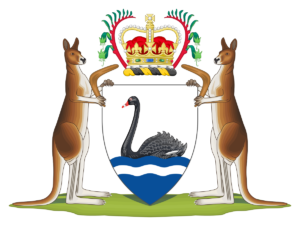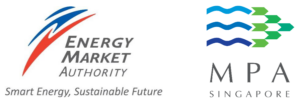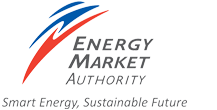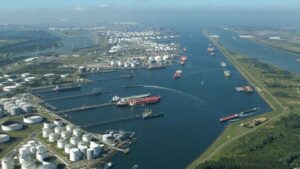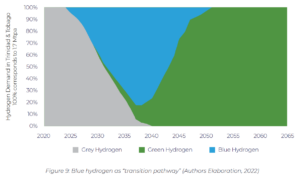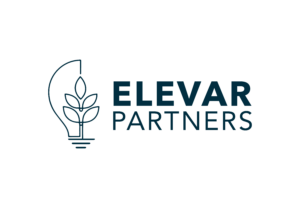West Australian government looks to accelerate large-scale projects
The WA state government, the Port of Rotterdam and the German Federal Ministry of Education and Research will embark on a trilateral export study. The study will help fast-track development of Oakajee Mid West ammonia export hub. The state government has also launched new guidelines for land-use for large-scale renewable hydrogen projects, and announced the creation of three entities to help projects move through the approvals process.
